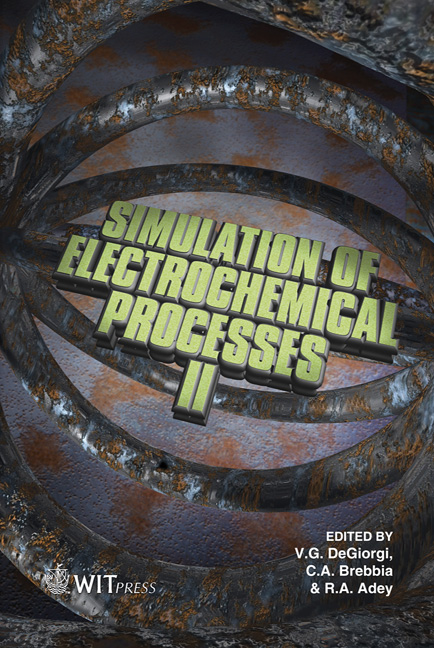Predicting Corrosion Related Signatures
Price
Free (open access)
Transaction
Volume
54
Pages
11
Published
2007
Size
1,618 kb
Paper DOI
10.2495/ECOR070211
Copyright
WIT Press
Author(s)
R. Adey & J. M. W. Baynham
Abstract
Computer simulation has been widely used to predict the corrosion related electric and electromagnetic signatures of naval vessels. The modelling strategy has varied from simple dipole type models to detailed boundary element models of the vessel and its environment. For the dipole models users have had to choose the location and strength of the dipoles based upon experience, using range data or data from similar vessels. Whereas the boundary element model enables the user to define the actual geometry of the vessel, the electrochemical properties of the materials and the properties of the environment as data to the model and obtain predictions of the electric and magnetic signatures. This paper describes the simulation tools developed as part of the BEASY software to predict electric and magnetic signatures. Comparison is made between results of the boundary element detailed models and the dipole type models. 1 Introduction The design of a cathodic protection system is of interest to defence organisations not only to ensure the integrity of the ship but also because of the electric fields generated in the sea water by the Cathodic Protection (CP) system. These fields are known as the signature of the ship. Electromagnetic signatures are playing an important role in the detection of naval vessels and in the fusing of intelligent mines. The static electric signature is the electric field associated with the DC corrosion or cathodic protection current that flows through the seawater around a vessel. This is sometimes referred to as the Underwater Electrical Potential or UEP. The corrosion related magnetic (CRM) field is the coupled magnetic field caused by the corrosion related electric currents flowing in the seawater between the anodes and the ship hull.
Keywords





